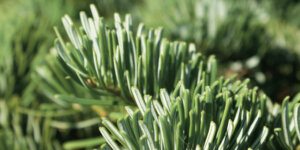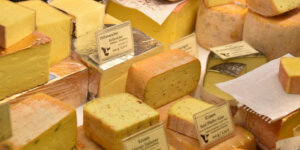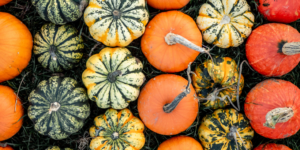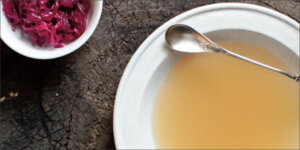Simple, Greek-Style Yogurt
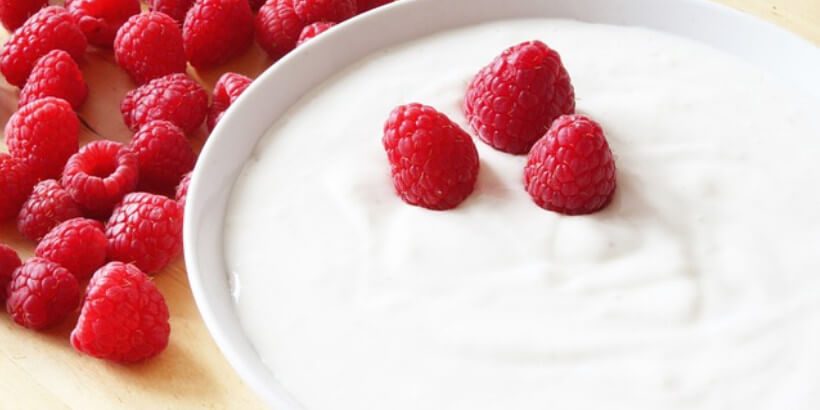
Looking for a simply & healthy snack to make this spring? These tips will help you whip up a delicious Greek-style yogurt with ease.
The following excerpt is from Keeping a Family Cow by Joann S. Grohman. It has been adapted for the web.
Making Yogurt
Milk from a high-milk-solids breed such as the Jersey makes the best yogurt. Use whole milk and you’ll get a little “frosting” of yogurty cream on top. I often make mine in eight-ounce ceramic pots, glass jelly jars, or coffee mugs. Sometimes I just fill a large pan with milk.
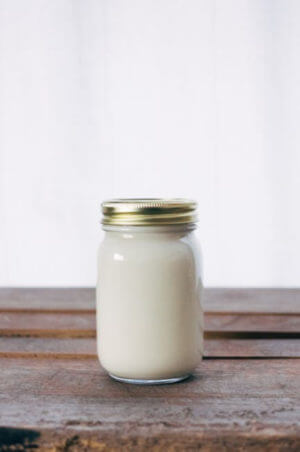 I have uneven success with yogurt unless I first scald the milk to destroy the competing bacteria, but this does forfeit some of the essential value of raw milk.
I have uneven success with yogurt unless I first scald the milk to destroy the competing bacteria, but this does forfeit some of the essential value of raw milk.
The important point is that the milk must be between 90°F and 115°F to make yogurt.
So you can scald your milk, then let it cool to this temperature, or if you don’t want to destroy the probiotics in raw milk, you can simply warm your milk to this temperature.
Yogurt Starter
For yogurt starter, for every two quarts of milk, use about one-quarter cup (no more; the organisms don’t like to be crowded) of your last batch of yogurt or of a first-class brand of fresh plain yogurt, or use a commercial starter and follow the packet directions.
When your milk is warm, add the starter, and stir it in gently but thoroughly with a very clean spoon. Pre-warm the vessels in which you plan to set your yogurt, then pour or ladle it in and cover them.
Find a spot in your home that will keep the yogurt cozy, without allowing it to fall below 90 ̊F or heat it above 115°F. It is worth a bit of trouble to find the ideal spot for incubating your yogurt.
Once you hit on the successful combination of container and heat source, you can make yogurt quickly and easily, without having to give it much thought.
The incubation should take about four hours. Try not to jiggle the yogurt while it is setting or it will be runny.
If your yogurt is not as thick as you would like, there are several things you can do about it.
To begin, note that raw milk yogurt tends to be less firm. To firm it up a bit, you can let it sit longer, or you can obtain fresh starter. Using a larger amount of starter is unlikely to be helpful. The yogurt organisms prefer not to be crowded. Do be sure to mix thoroughly.
I usually make yogurt in one big pot and ladle out the whey as it accumulates. This has the effect of thickening the yogurt. You can make Greek-style yogurt by draining the whole batch of yogurt through a wet linen tea towel to remove some of the whey.
Recommended Reads
Recent Articles
The scent of fir trees is a holiday staple. Immerse yourself even further into the holiday cheer and try introducing fir to your taste buds. From classy cocktails to rustic potatoes, fir adds excellent seasonal flavor.
Read MoreTired of the same old side dishes for your holiday dinner? Excite your tastebuds & bring some fresh flavors with these unique and flavorful side dish recipes!
Read MoreAttention all cheese lovers! If you’re looking for recipes to satisfy all your cheesy needs, then look no further.
Read MorePumpkins: Halloween symbol or sweet treat? But have you ever wondered how they became a holiday staple? Discover the rich history behind this fall favorite!
Read MoreYou’ve Been Missing Out! Bone Broth is the ultimate superfood, packed with nutrients and goodness. Consider adding this nutrient-rich, immune system boosting bone broth into your daily diet.
Read More





